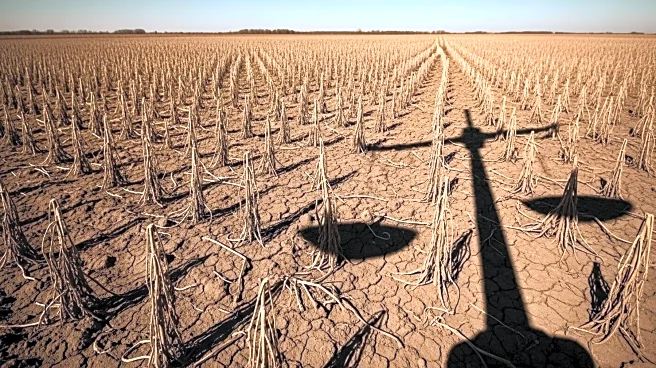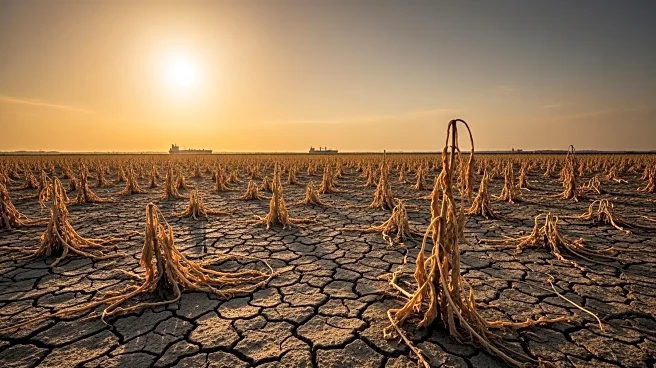What's Happening?
Recent discussions have highlighted concerns regarding the impact of government payments on the agricultural sector, particularly in the context of the Farm Bill. The analysis draws on historical lessons to address the current challenges faced by American agriculture. The core issue revolves around the imbalance between supply and demand, where excess supply leads to price drops, yet land remains in production due to economic and biological factors. Historically, the U.S. has produced surplus agricultural commodities, leading to various farmer movements and government interventions. Payments intended to alleviate economic pain often exacerbate issues by increasing land and input costs, favoring large farms over smaller ones, and stifling innovation. The discussion emphasizes the need for alternative solutions to avoid repeating past mistakes.
Why It's Important?
The significance of this issue lies in its potential impact on the agricultural sector and broader economic implications. Government payments, while providing short-term relief, can lead to long-term challenges such as inflated land prices and input costs, which disadvantage smaller farms and new entrants. This can result in a concentration of agricultural production among larger entities, reducing competition and innovation. Additionally, payments tied to farm size reinforce existing disparities, making it difficult for smaller farms to compete. The broader economic impact includes potential inefficiencies in resource allocation and increased dependency on government support, which may not address underlying supply-demand imbalances.
What's Next?
The future of agricultural policy may involve reconsidering the role of government payments and exploring alternative solutions to address supply-demand imbalances. Policymakers might focus on conservation efforts and innovative practices that reduce reliance on payments. The expiration of the Conservation Reserve Program poses a risk to land use management, highlighting the need for sustainable policy measures. As the agricultural sector faces potential loss of export markets due to geopolitical tensions, adjustments in production costs and practices may be necessary. The challenge will be to implement policies that support timely adaptations without exacerbating existing issues.
Beyond the Headlines
The ethical and cultural dimensions of this issue involve the sustainability of farming practices and the equitable distribution of resources. Payments that favor large farms can lead to environmental degradation and reduced biodiversity, impacting long-term agricultural sustainability. Culturally, the reliance on government support may undermine traditional farming practices and community resilience. The historical context of agricultural policy provides lessons on the importance of balancing economic support with sustainable practices, ensuring that future policies do not repeat past mistakes.










